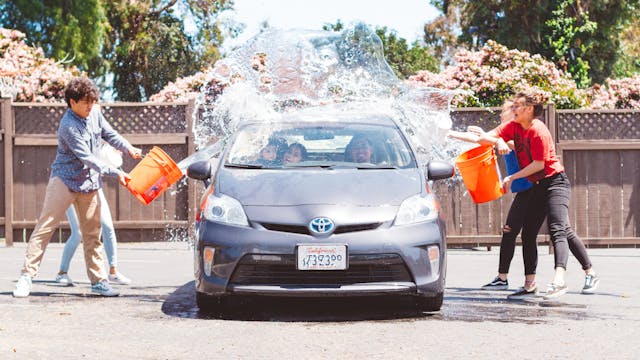You don’t have to head to the DMV anymore to update your license plate stickers, a fact that might surprise a lot of people. And depending on where you live, the DMV may not even be an option anymore.
Since this simple but necessary renewal process can be done easily at the nearest CFSC Auto Services location, it does beg the question: why do so many people let their plates expire?
Some People Don’t Know Where to Get Their License Plate Tags
One complication in recent years points to a bigger picture. It may have been a long time since you’ve been to the DMV or some other official office to handle auto-related tasks, and it can be hard to remember where to get each thing done. Things are changing. Smog check locations are closing, making those options more limited than before. This goes for other car-related processes, which can make it confusing for those who wish to stay on top of all the rules and regulations.
To Avoid Illinois License Plate Renewal Fees
Sometimes avoidance is intentional. It currently costs $151 to renew your Illinois license plate. This money helps fund statewide infrastructure programs. But the law is clear, and avoidance may end up costing you in late fees on top of the renewal fee.
State of Illinois Is Eliminating Some In-Person DMV Locations
The Illinois Secretary of State is planning to eliminate most in-person visits where folks could otherwise update their license plates and handle other necessary tasks. The upside is that fewer people will have to wait in long lines, when they could much more quickly and easily get their tags at CFSC Auto Services without all the waiting. These kinds of changes can take you by surprise and cause delays in getting your new tags.
People Are Unaware of the Financial Penalties of Driving With Outdated Tags
We all know what it’s like to put off the inevitable. Weeks turn into months. I’ll take care of it tomorrow, we tell ourselves, forgetting about the fines we might incur. But it’s much easier to remedy the situation than risking a ticket that comes with a penalty of $90.
You Have the Sticker But Haven’t Attached It Yet
These may be the saddest cases of all. Your tag has arrived in the mail, and there they sit on the counter or in your glove compartment, waiting to be attached to the license plate on the back of your car. This requires removing the previous one and cleaning the space where the new one will go – a process that should take just a few minutes. Don’t let this mild inconvenience stall you from taking that simple step. It is simply not worth the hassle of a ticket, or losing or misplacing the tag and having to get a new one.
Some Drivers Can Avoid Penalties by Arguing Their Ticket in an Illinois Court
There is often a grace period of up to 30 days when it comes to replacing tags and city stickers in Illinois, but that won’t necessarily keep you from getting a ticket if you’re pulled over within the grace period. Some municipalities may give you a parking ticket for expired plates, even in privately owned parking lots. A hearing officer for those tickets can choose not to dismiss the offense, and then it will be up to a court to make a decision. Again – not worth the hassle.
CFSC Auto Services
At any nearby CFSC location, you can take care of a number of other auto-related tasks all at once. Make sure your title, license and registration, and city stickers are in order all at once so you stay on the safe side of the law.
Don’t risk getting a ticket! Stop by your nearest CFSC location today to make sure all your car stuff is up to snuff.




